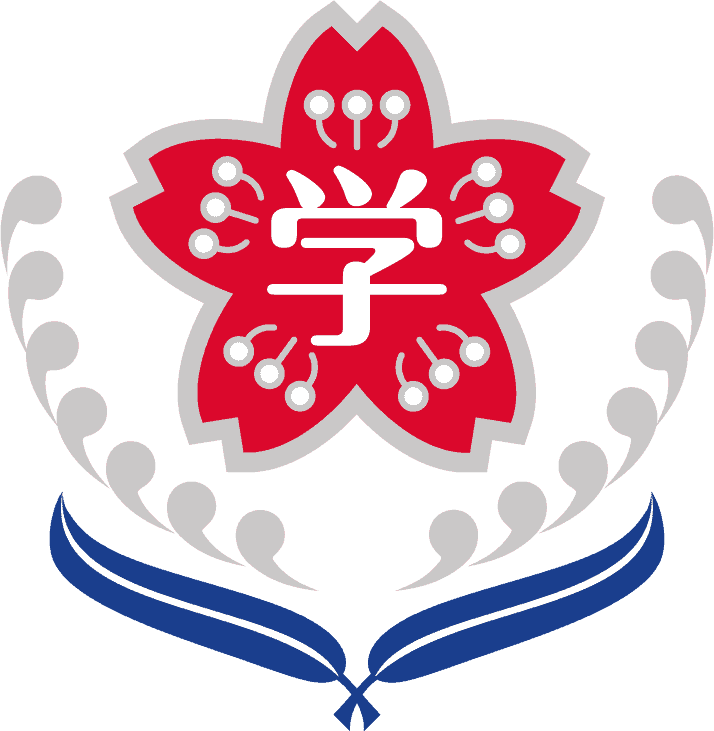Learning | International Division Kindergarten (NSW Curriculum)
What is Kindergarten in Australia?
Attendance age
Why choose SJIS for Kindergarten?
SJIS accepts children of all nationalities and religions. This allows for the very best environment to nurture children’s respect for each other through cultural diversity. Our Kindergarten feels like a home away from home and the small class sizes accommodate individual needs and make children feel comfortable and welcome.
Curriculum overview
At SJIS, our Kindergarten learning program follows the NSW Education Standards Authority (NESA) syllabuses for NSW schools. The NSW curriculum covers the following Key Learning Areas: English, mathematics, science, human society and its environment (HSIE), creative arts, languages, personal development, and health and physical education (PDHPE).
Every day is made up of six 50-minute long lessons. The following is an example of a typical Kindergarten day:
Kindergarten timetable example

Japanese Language Program
In addition to the standard NSW curriculum, children learn Japanese from Kindergarten at SJIS. Children learn through games, music, play and discovery alongside friends from different cultural and language backgrounds. Read more about our Japanese Language Program.
Transition period
For the first three weeks of the first term of the Kindergarten year, school finishes at 2.30pm to allow for a gradual build up to a full day. We also recommend Kindergarten students are dropped off and picked up for these first three weeks to help them adjust to school life. They may use the school bus service from week four.

Kindergarten teachers
Our staff are experienced in teaching children who have little or no English/Japanese language abilities. A heritage Japanese teacher delivers the Japanese language program and teachers sometimes use Japanese to deliver key instructions in other classes. All of our teachers are patient and caring, and ensure children get the attention they need.
Transitioning to the Japanese Division from Year 1
The International Division (NSW Curriculum) calendar year commences in January and concludes in December each year. The Japanese Division school calendar year runs from April to March, in line with Japanese school calendar.
Students who complete Kindergarten in December and wish to move into the Japanese Division from Year 1 enter the International Division (NSW Curriculum) only for the first three months of the Australian calendar year (January – March). These students transfer to the Japanese Division from April with the school year running until March, in line with the Japanese school calendar.
